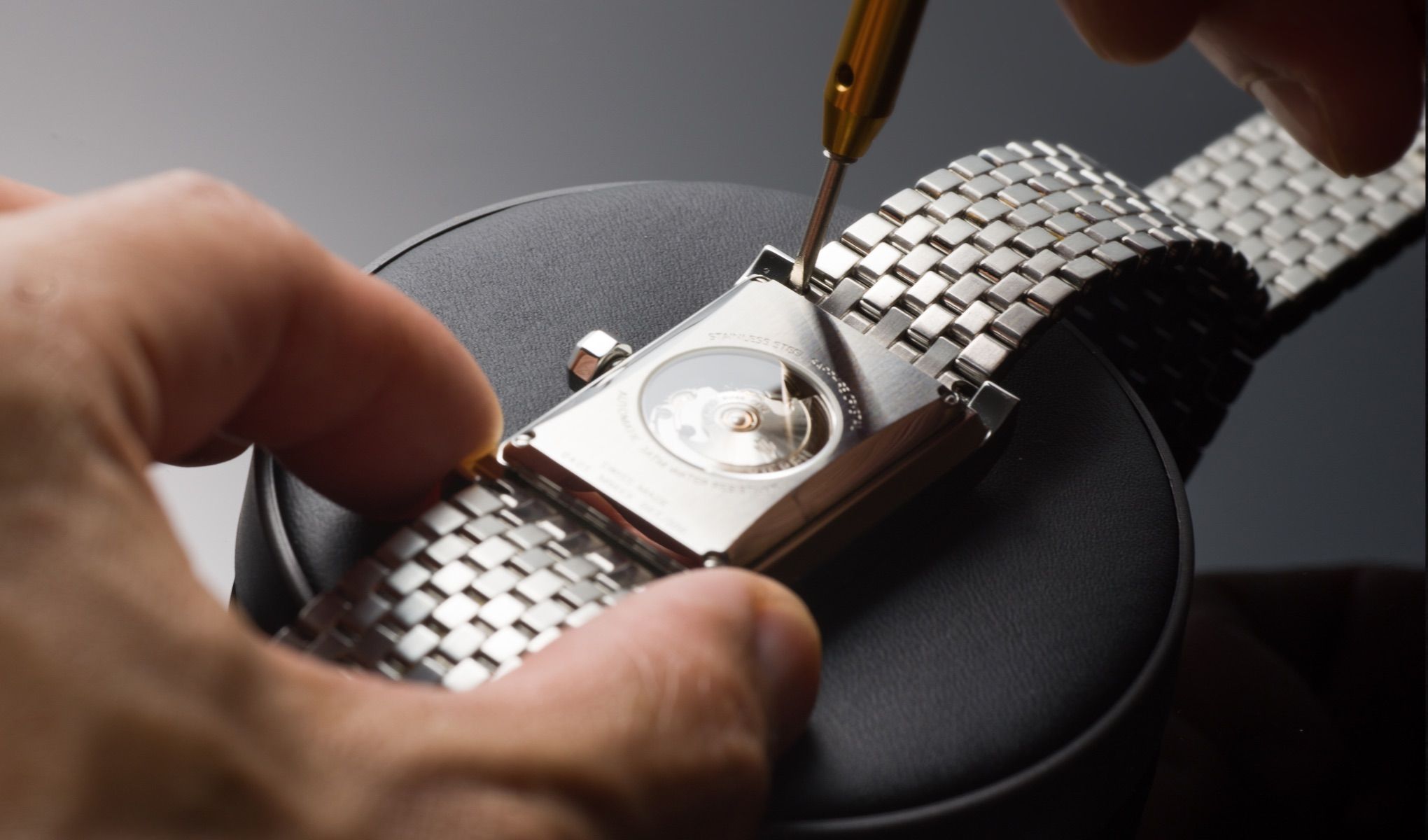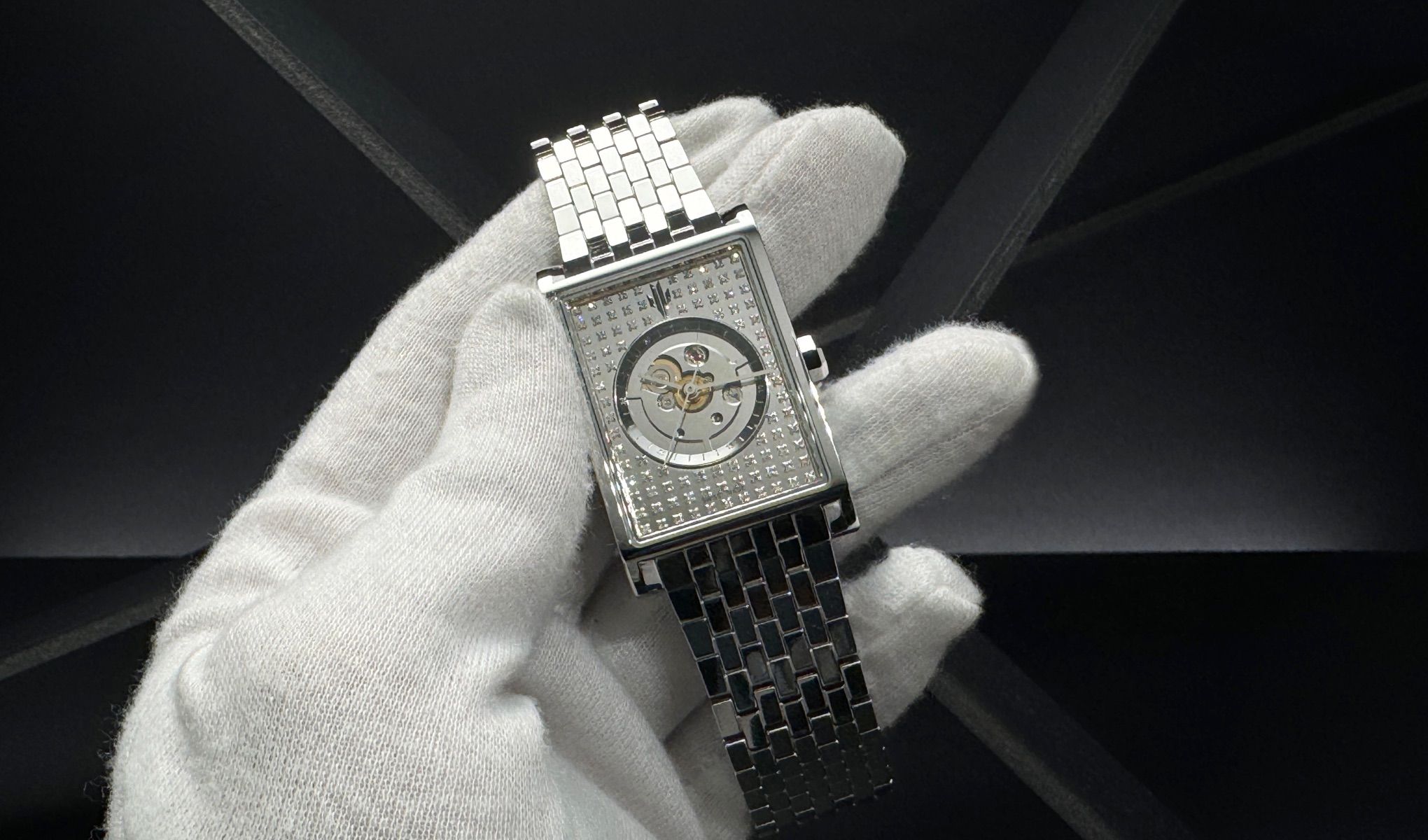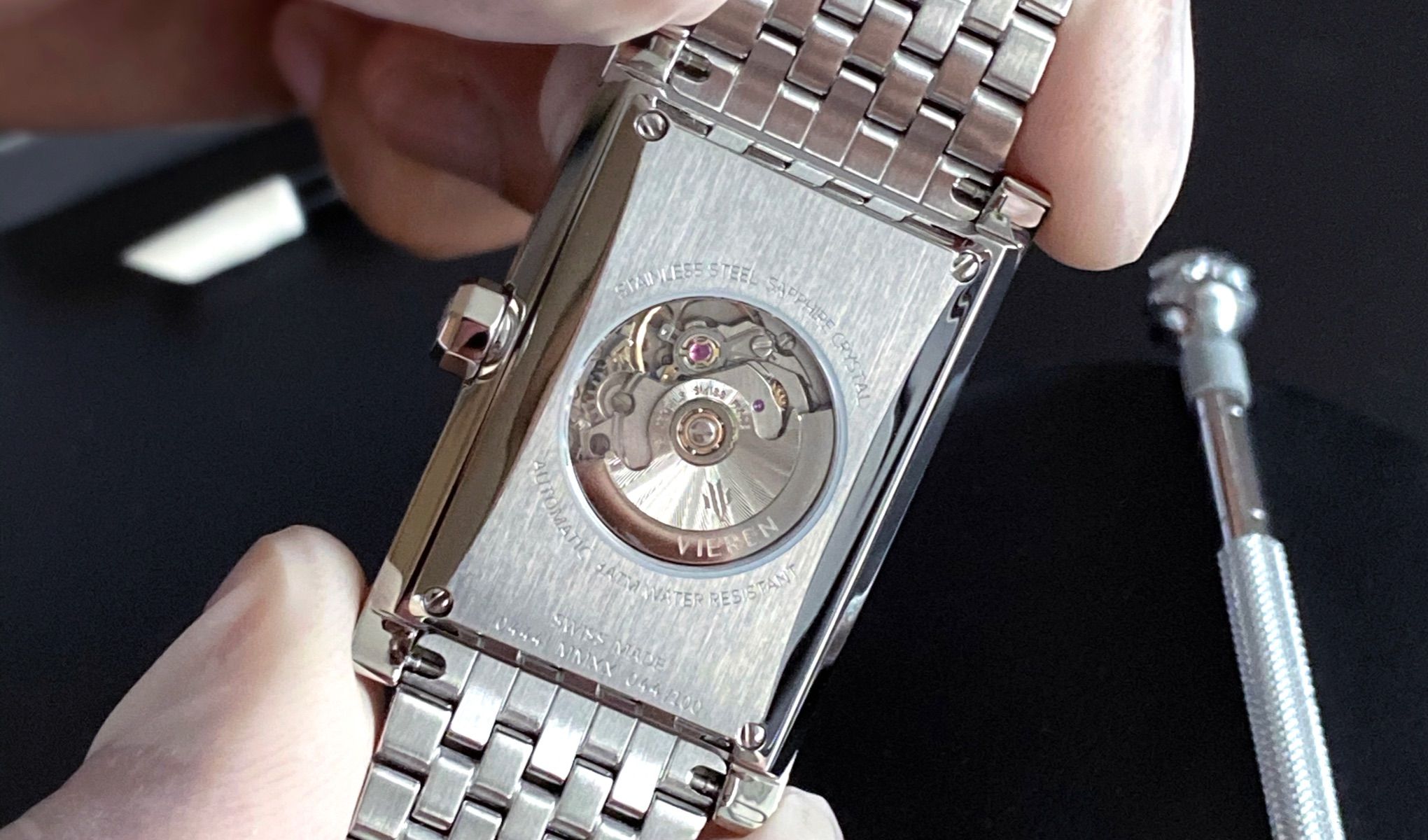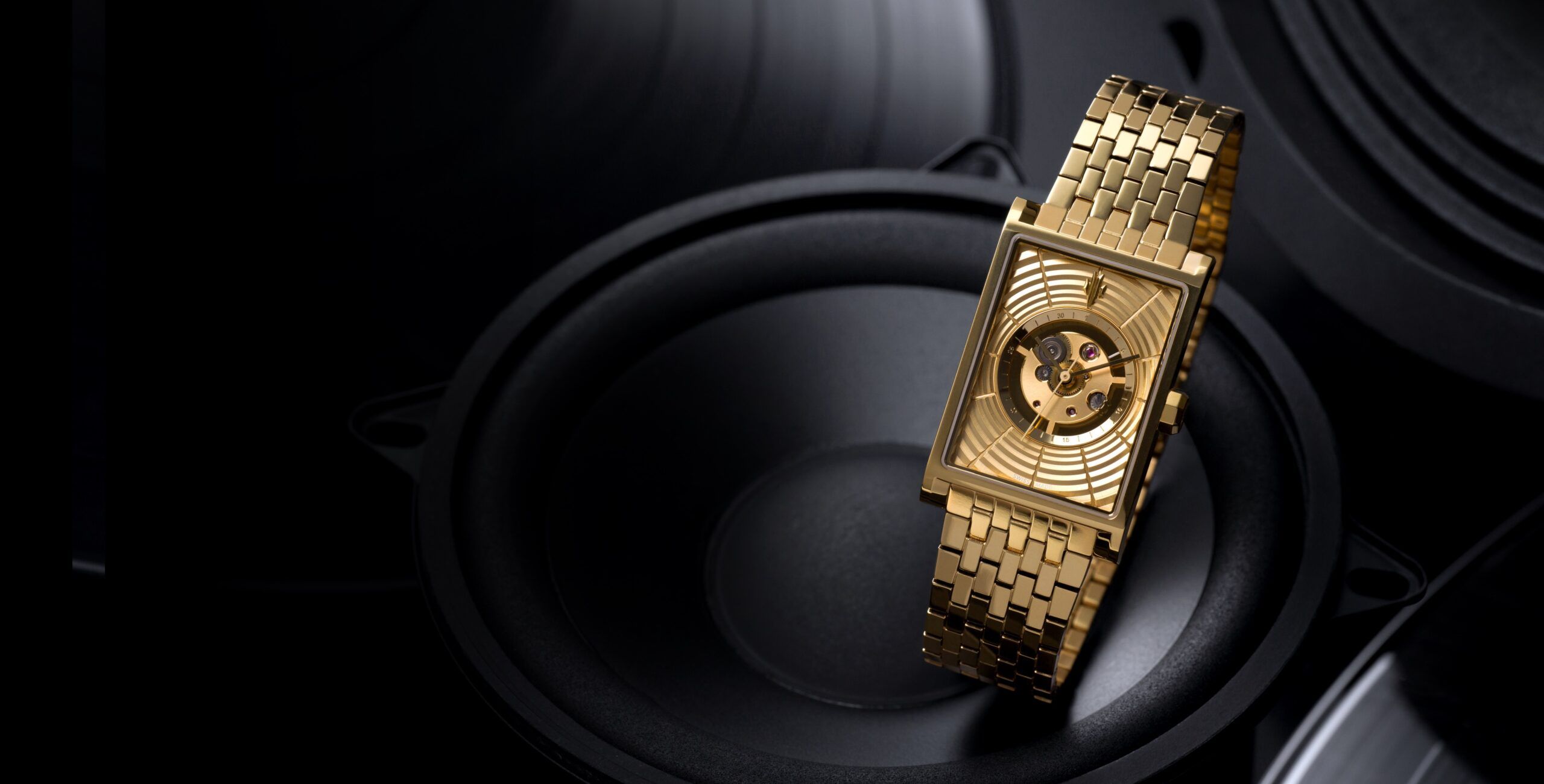
How Do Automatic Watches Work: The Complete Guide
Curious how automatic watch movements work without a battery? Learn winding and using your self-winding timepiece in this guide.

If your automatic watch has stopped, there is no need to panic. Most issues are easy to fix with a few simple steps. Automatic watches rely on motion to stay powered, using a mechanical rotor that winds as your wrist moves. If movement slows or stops, so does the watch. Here are some common reasons and fixes:
a) Not Enough Wrist Movement: Wearing your watch too loosely or not moving much, like when working at a desk or relaxing, may prevent the rotor from winding fully.
b) Low Power Reserve: Most automatic watches hold 38 to 50 hours of power. If you have not worn yours consistently, or if it was sitting idle, it might just be out of juice.
c) Watch Not Fully Wound: After a period of disuse, even a short wrist-wear session might not fully wind the mainspring. A manual wind jumpstarts the movement faster.
d) Magnetism or Shock: Strong magnetic fields, from speakers, phones, etc., or physical shock can interfere with the delicate internal components, causing poor timekeeping or full stoppage.
e) Lack of Regular Maintenance: Like any precision machine, a mechanical watch needs regular cleaning and oiling. Worn or dry parts can slow the movement or cause it to seize.
Pro Tip: If you rotate between watches, manually wind each one with ~30 turns daily to keep the mechanism active.
If your automatic watch has stopped, there is no need to panic. Most issues are easy to fix with a few simple steps. Automatic watches rely on motion to stay powered, using a mechanical rotor that winds as your wrist moves. If movement slows or stops, so does the watch. Here are some common reasons and fixes:
a) Not Enough Wrist Movement: Wearing your watch too loosely or not moving much, like when working at a desk or relaxing, may prevent the rotor from winding fully.
b) Low Power Reserve: Most automatic watches hold 38 to 50 hours of power. If you have not worn yours consistently, or if it was sitting idle, it might just be out of juice.
c) Watch Not Fully Wound: After a period of disuse, even a short wrist-wear session might not fully wind the mainspring. A manual wind jumpstarts the movement faster.
d) Magnetism or Shock: Strong magnetic fields, from speakers, phones, etc., or physical shock can interfere with the delicate internal components, causing poor timekeeping or full stoppage.
e) Lack of Regular Maintenance: Like any precision machine, a mechanical watch needs regular cleaning and oiling. Worn or dry parts can slow the movement or cause it to seize.
Pro Tip: If you rotate between watches, manually wind each one with ~30 turns daily to keep the mechanism active.


Many owners report that their automatic watches stop overnight. This is especially common when the watch has not been worn consistently during the day. Here is why it happens:
What To Do: Give your watch a manual wind before bed —~30 clockwise turns, particularly if you had a low-activity day or did not wear it long.
Many owners report that their automatic watches stop overnight. This is especially common when the watch has not been worn consistently during the day. Here is why it happens:
What To Do: Give your watch a manual wind before bed —~30 clockwise turns, particularly if you had a low-activity day or did not wear it long.


Keeping your automatic watch running smoothly is all about preserving its power reserve and ensuring consistent energy input to the mainspring. Here are some best practices:
✓ Wear Your Watch 8 to 10 Hours a Day: This ensures enough movement for full winding.
✓ Manual Wind as Needed: Especially if you do not wear your watch daily or rotate among several timepieces.
✓ Avoid “Desk Diving”: Sitting still all day? Your wrist may not move enough. Wind manually before or after work.
✓ Use a Watch Winder: Ideal for collectors; it keeps your automatic watch in motion when not on your wrist, preventing stoppage and protecting the mechanism.
Keeping your automatic watch running smoothly is all about preserving its power reserve and ensuring consistent energy input to the mainspring. Here are some best practices:
✓ Wear Your Watch 8 to 10 Hours a Day: This ensures enough movement for full winding.
✓ Manual Wind as Needed: Especially if you do not wear your watch daily or rotate among several timepieces.
✓ Avoid “Desk Diving”: Sitting still all day? Your wrist may not move enough. Wind manually before or after work.
✓ Use a Watch Winder: Ideal for collectors; it keeps your automatic watch in motion when not on your wrist, preventing stoppage and protecting the mechanism.


Even when functioning properly, automatic watches naturally experience slight time variations due to their mechanical nature. Environmental factors like temperature, wrist movement, and position can all affect accuracy. If your watch is gaining or losing more than a minute per day, it may need a manual wind or a professional check-up to ensure everything’s in working order. A typical accuracy range is:
Pro Tip: Always set your watch using a precise reference (like your phone’s time) and track performance over a few days to get a true sense of its accuracy.
Even when functioning properly, automatic watches naturally experience slight time variations due to their mechanical nature. Environmental factors like temperature, wrist movement, and position can all affect accuracy. If your watch is gaining or losing more than a minute per day, it may need a manual wind or a professional check-up to ensure everything’s in working order. A typical accuracy range is:
Pro Tip: Always set your watch using a precise reference (like your phone’s time) and track performance over a few days to get a true sense of its accuracy.
If your watch is stopping frequently, losing significant time, or acting irregularly despite proper winding, servicing may be necessary. Look for these signs:
For a deeper look at what these symptoms mean, explore the Top 5 Signs Your Automatic Watch Needs Servicing.
If your watch is stopping frequently, losing significant time, or acting irregularly despite proper winding, servicing may be necessary. Look for these signs:
For a deeper look at what these symptoms mean, explore the Top 5 Signs Your Automatic Watch Needs Servicing.


Professional servicing is essential to keep your automatic watch running smoothly and accurately. During a service, a watchmaker will fully disassemble the movement, clean and lubricate all components, adjust timing, and perform necessary repairs or part replacements. Pressure testing and waterproofing checks may also be included to ensure durability. Regular servicing helps prevent wear and prolongs the life of your timepiece.
Learn how often to schedule professional servicing in our guide: How Often Should You Service an Automatic Watch?.
Professional servicing is essential to keep your automatic watch running smoothly and accurately. During a service, a watchmaker will fully disassemble the movement, clean and lubricate all components, adjust timing, and perform necessary repairs or part replacements. Pressure testing and waterproofing checks may also be included to ensure durability. Regular servicing helps prevent wear and prolongs the life of your timepiece.
Learn how often to schedule professional servicing in our guide: How Often Should You Service an Automatic Watch?.








